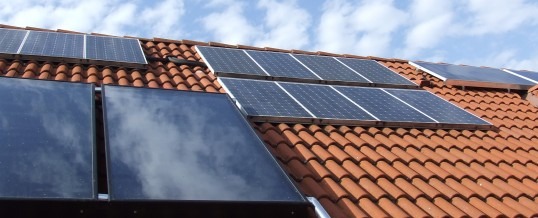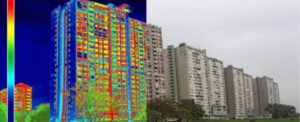The construction industry, which issues building permits, is among the biggest consumers of resources.
According to the data published by the European Commission, in the European Union, the activities related to the construction and use of buildings consume approximately half of the total extracted materials and energy consumption and approximately one third of water consumption.
Also, construction and demolition waste represents a third of the total waste generated at the level of the European Union.
A large part of these are recyclable, but, with the exception of a few member states where almost 90% are recycled, the average recycling rate in the EU is below 50%.
The situation in Romania is all the more worrisome, as the recycling rate of waste, including that from construction, is close to the minimum, over 90% of municipal waste being disposed of through storage.
As expected, the legislative efforts of the European Union and, more recently, of our country, focus more and more on the sector of sustainable development and resource conservation, imposing a series of “green” obligations on real estate developers.
For the private sector, Law 372/2005 on the energy performance of buildings provides that, starting on December 31, 2020, building permits will not be issued for new buildings unless their energy consumption is almost equal to zero.
The law defines such a building as a building with a very high energy performance, where the energy consumption is almost equal to zero or is very low and is covered, in a minimum proportion of 10%, with energy from renewable sources, including energy from renewable sources produced on site or nearby.
The law also vaguely mentions that these provisions are applied to the extent that the respective investments are justified from a technical-economic point of view, based on the profitability analysis during the normal duration of the building’s operation.
The absence of details regarding the profitability analysis and what it entails only leaves room for interpretations and possible abusive applications. Therefore, it is desirable that such terms be clarified, so that the method of application at the national level is uniform and unequivocal.
In the same line, the provisions of Emergency Ordinance no. 68 /2016 for the amendment and completion of Law no. 211/2011 regarding the waste regime, which stipulates that the level of recovery of non-hazardous waste from construction and demolition activities should reach at least 70% by December 31, 2020.
For 2017, the percentage is at least 30% of the amount of waste from construction activities, following that for 2018 it will be at least 45%, and in 2019 at least 55%. The obligation to capitalize rests on the developers, as holders of the building permit.
The regulation of such “green” obligations, otherwise more than necessary from the environmental protection point of view, will have a direct impact on the construction cost and will inevitably influence the real estate market. Investors have a relatively short period of time in front of them in which to assimilate the new requirements and prepare their implementation. At least for larger-scale projects, investors must take into account these regulations from now on both in the design of the construction and in its budgeting.
Last but not least, it would be desirable for the state to prepare the ground for the application of the laws and to take on part of the burden.
Fiscal facilities, either of the nature of tax exemptions or of another nature, as well as the clarification of the method of implementation of the mentioned texts could encourage the market and weigh the fear of developers regarding future investments.
Source: hotnews.ro









